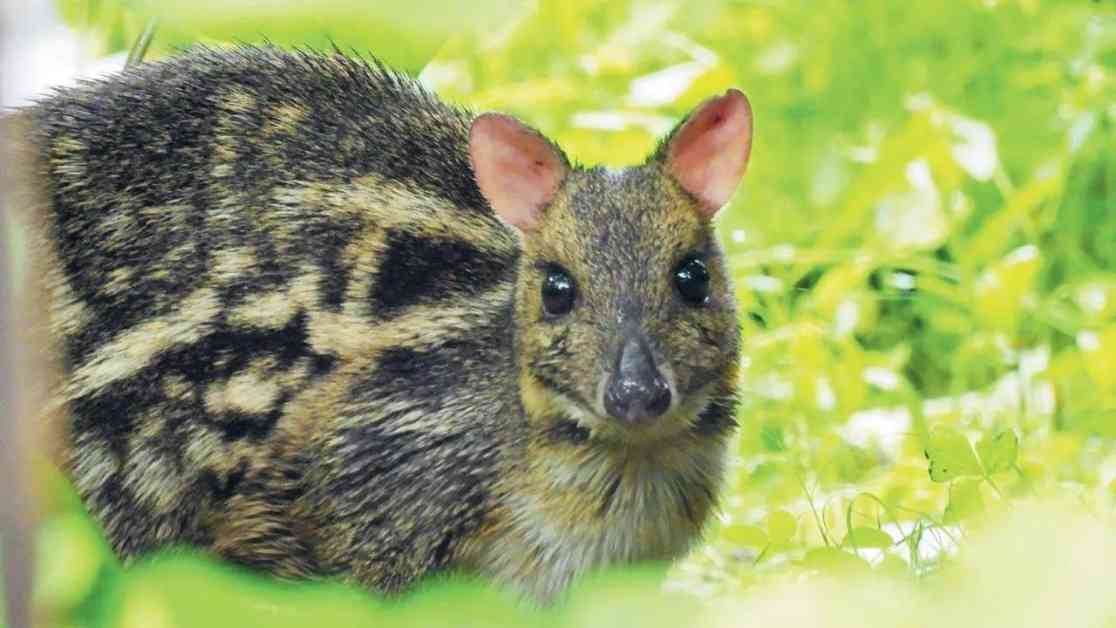Rare Indian Mouse Deer Rescued from Poachers in Ambarnath-Badlapur Forest
A rare and elusive Indian Mouse Deer recently made headlines after surviving a poaching attack in the Ambarnath-Badlapur forest range. The small deer, known for its diminutive size and nocturnal habits, was discovered with pellet bullets embedded in its body, indicating a cruel attempt by poachers to target it for bush meat.
The rescue mission was carried out by the dedicated team from the W.A.R.R. NGO in collaboration with the forest department officials. The injured deer was swiftly transported to the Sanjay Gandhi National Park for urgent medical treatment. Veterinarians at the park are currently monitoring the deer’s condition closely and are preparing for a surgical procedure to remove the pellets once the animal stabilizes.
This incident sheds light on the ongoing issue of poaching in the forests near Ambarnath-Badlapur, highlighting the vulnerability of wildlife in the region. The presence of pellet bullets in the deer’s body serves as a stark reminder of the threats faced by animals living in this biodiverse habitat, which is also home to apex predators like leopards.
The Indian Mouse Deer, scientifically known as Moschiola indica, is the smallest deer species in India, with a body length of just 23 inches and weighing approximately 3 kg. These shy and elusive creatures are primarily found in semi-evergreen, moist evergreen, and tropical deciduous forests, away from human habitation.
Dr. Vinaya Jangle, a veterinary officer at SGNP, expressed concern over the deer’s injuries, revealing a fracture in one of its legs and a broken spinal cord. X-ray results confirmed the presence of pellet bullets, further highlighting the brutality of the poaching incident. The medical team at SGNP is working tirelessly to provide the necessary care and treatment to ensure the deer’s recovery.
The conservation status of the Indian Mouse Deer, as per the IUCN, is classified as Least Concern. However, incidents like these serve as a stark reminder of the ongoing threats faced by wildlife due to human activities such as poaching and habitat destruction. The relentless efforts of conservationists and wildlife officials are crucial in safeguarding these vulnerable species and preserving the delicate balance of ecosystems.
In conclusion, the rescue of the Indian Mouse Deer from poachers in the Ambarnath-Badlapur forest highlights the urgent need for increased vigilance and conservation efforts to protect endangered species from such heinous acts. The resilience of this tiny deer serves as a symbol of hope for the future of wildlife conservation in the region, reminding us of the importance of coexisting harmoniously with nature.




















